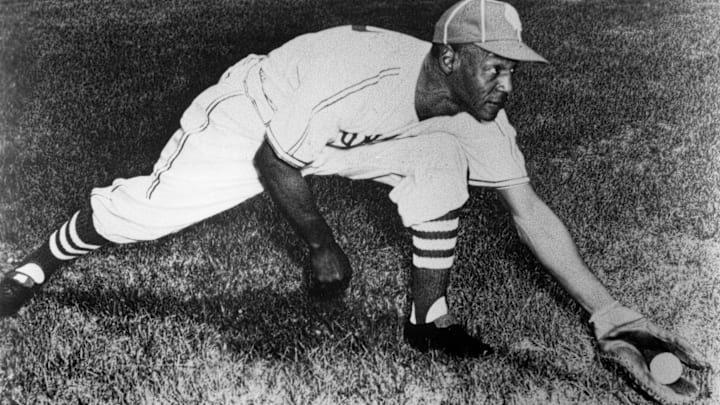Hello friends!
I'm excited to be making my first-ever contribution here at Kings of Kauffman. I am confident I have probably encountered many of you on the forums or social media and I am honored Kings of Kauffman and FanSided have given me this opportunity to produce KC Royals stories as a contributor.
I have followed the Royals since I was old enough to walk. I always wanted to play second base because my favorite ballplayer, Frank White, played second base. I’m not going to lie, I was a terrible ballplayer; no matter how hard I tried, I could never make the throw to first. I moved out to the outfield in my early teens and wasn’t a terrible left fielder. I could slap hit towards the top of the order. But by the time I was old enough that we had to start wearing baseball pants, I gave up the game and moved on to soccer, but wasn’t particularly good at that, either.
I come to you as a professional researcher, a librarian, and a total stats junkie who, despite a dislike of baseball pants, still loves to watch and think about the game.
Buck the Trends
I’m excited to introduce you to "Buck the Trends," a new Kings of Kauffman series which I've named in honor of late Kansas City legend Buck O’Neil, a positive soul consistently undervalued by too much of the baseball community. In this series, we will take a look at current trends and the use of statistics, and explore how the Royals could buck trends by moving in an opposite direction of the broader market.
We'll also take a look at key statistics, perform general analysis, develop strategies, look at key prospects and rostered players, and consider potential trade and free agent targets that could help the Royals move in a different direction.
Let's go...
